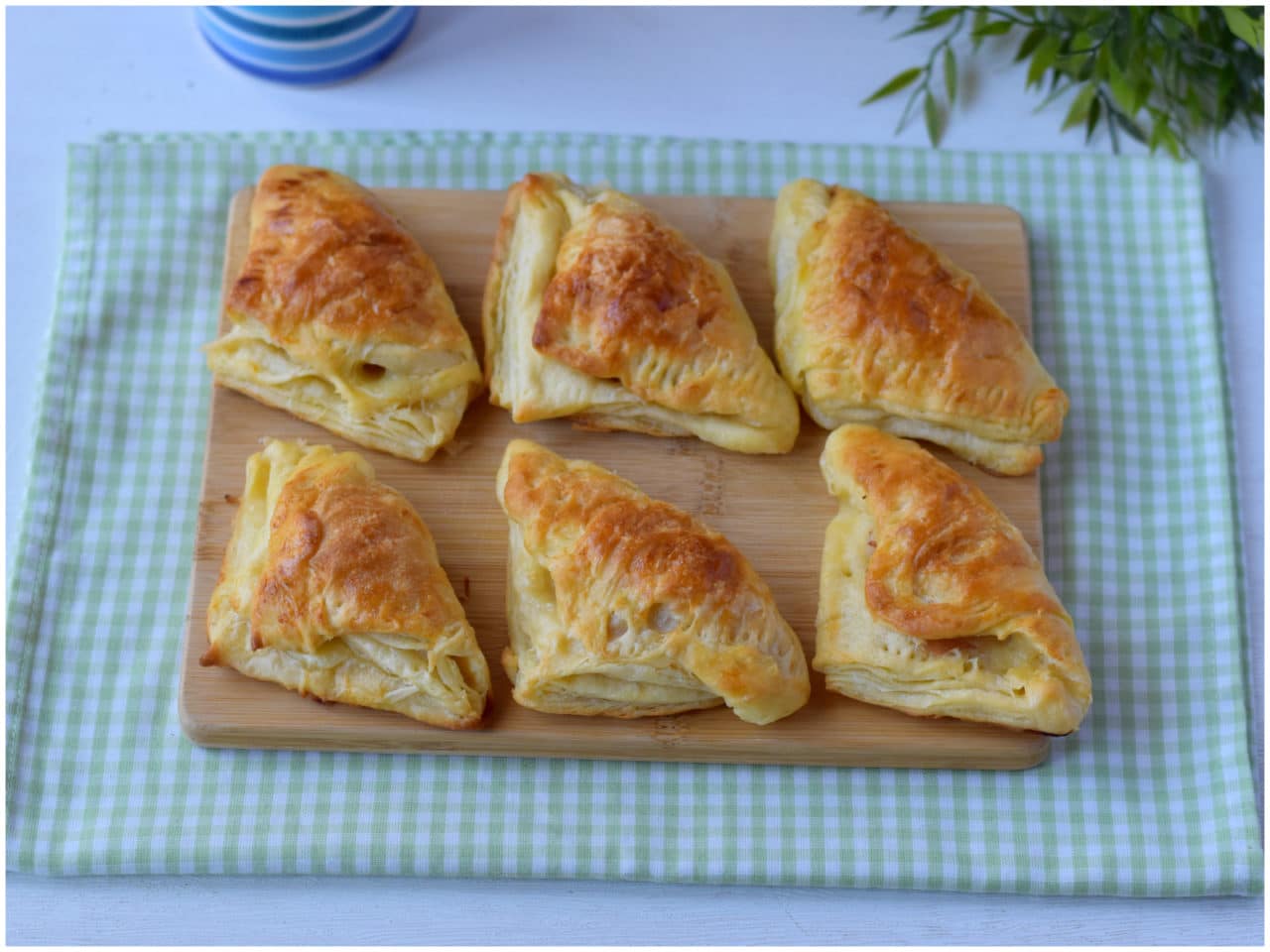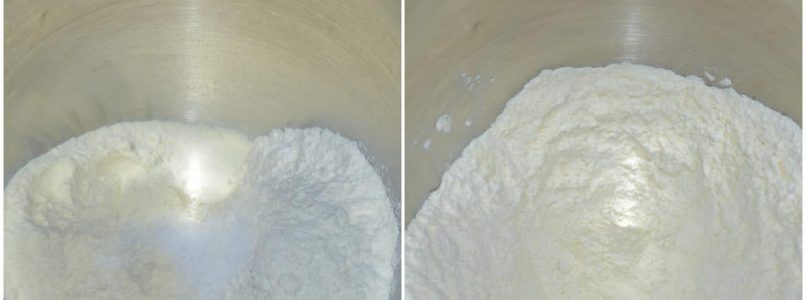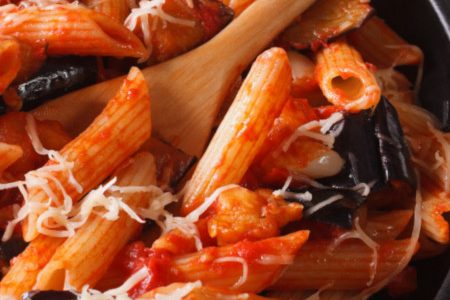First prepare the dough: put the flours and salt in a bowl and mix.
Dissolve yeast and sugar in barely warm water, then add it to the flours and start kneading.
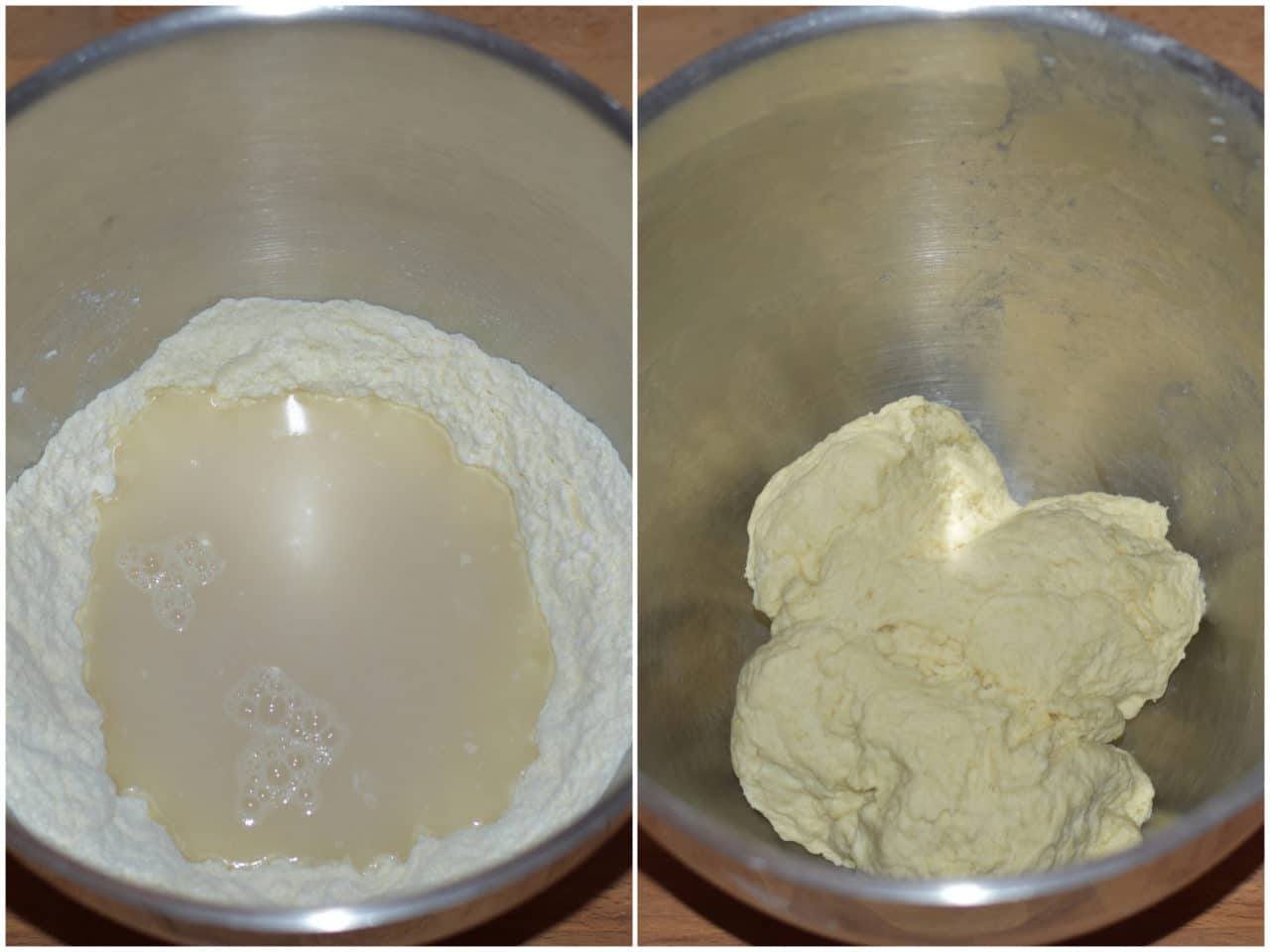
Add the lard in a couple of batches, adding the next one only after the previous one has been completely incorporated.
Cover the bowl with cling film and let rise for at least 2 hours or until doubled.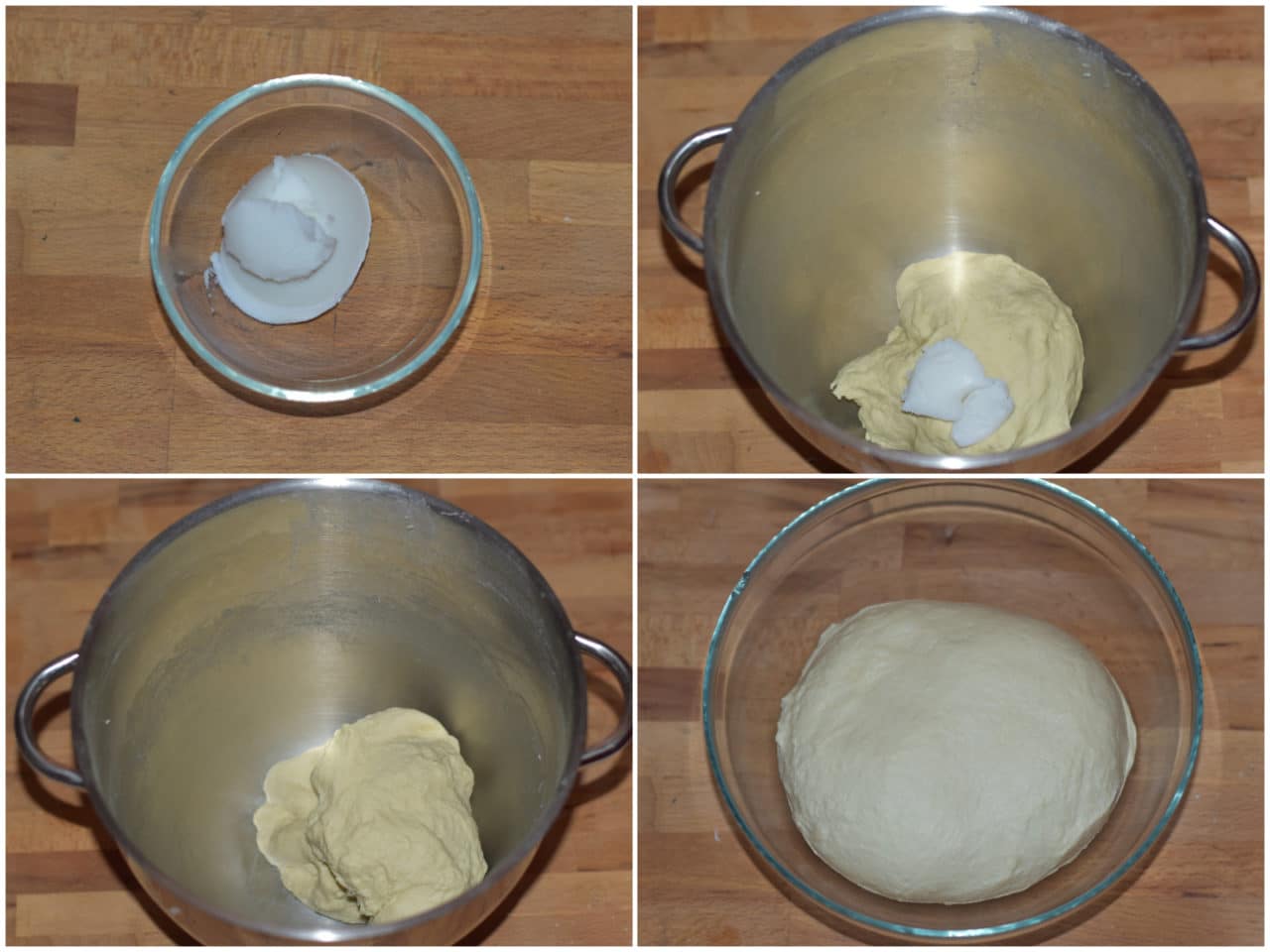
In the meantime, cut the butter into pieces, place it between two sheets of baking paper and roll it out with a rolling pin until you obtain a thin rectangular sheet, then put it back in the fridge for at least 30 minutes.

Take the dough and roll it out into a rectangular sheet, place the sheet of butter in the center and fold the edges of the dough over the butter.
Roll out with a rolling pin and leave to rest in the fridge for 30 minutes.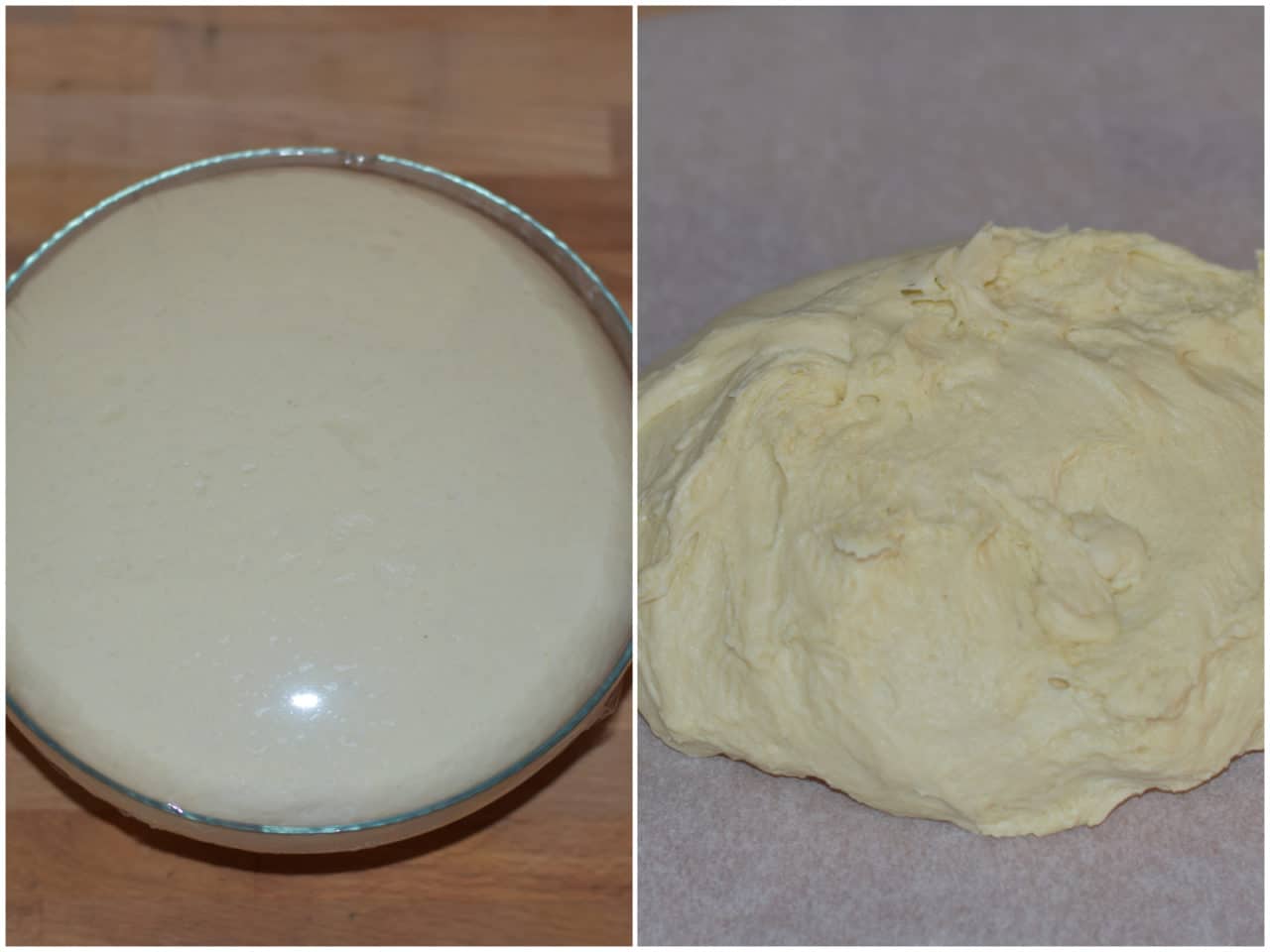
Take the dough again and repeat 3 more times: fold the edges from the short side towards the centre, roll out with a rolling pin and put in the fridge for 30 minutes, then again and again.
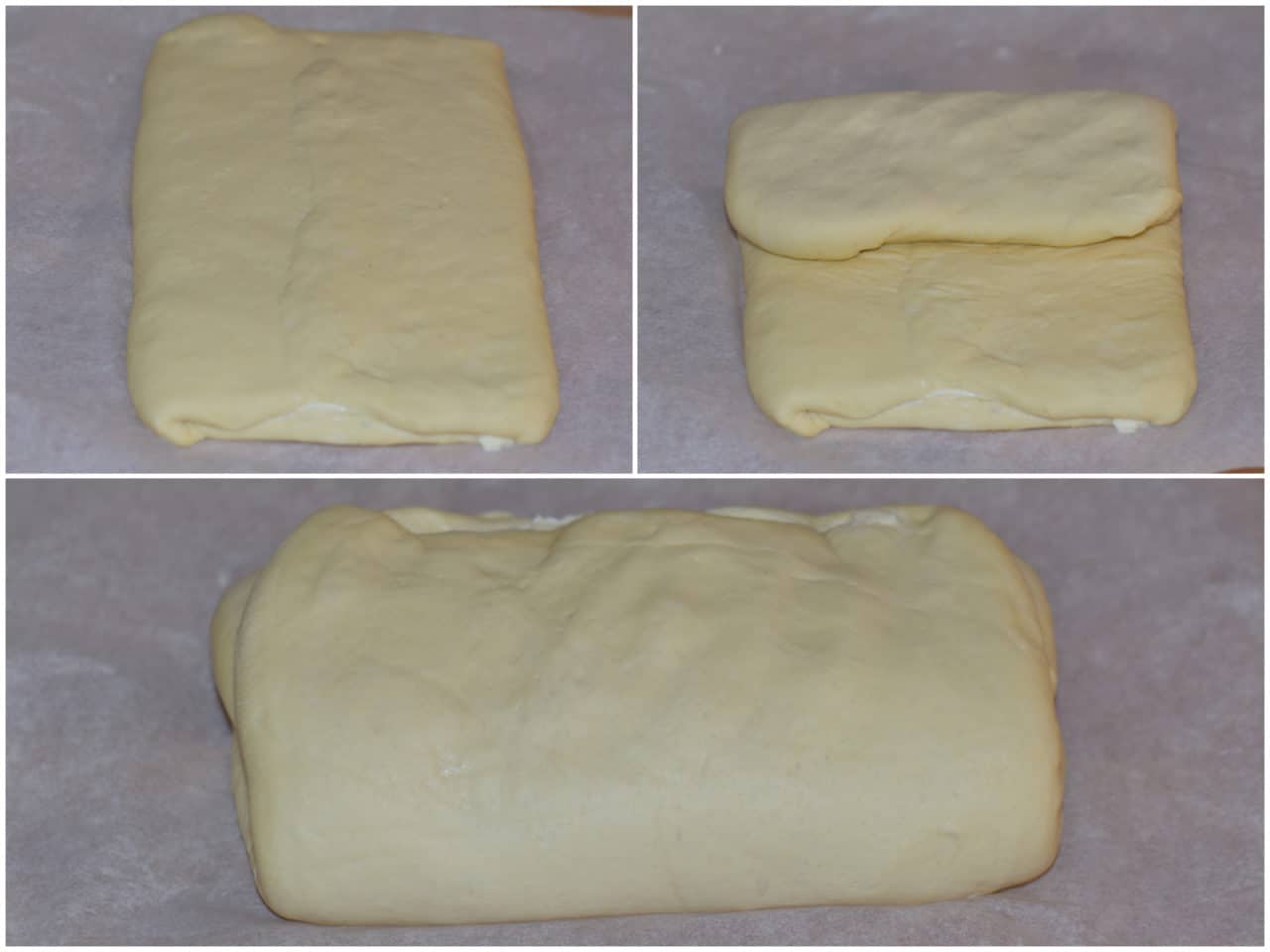

Prepare the filling by cutting the cheese into cubes and the ham into small pieces.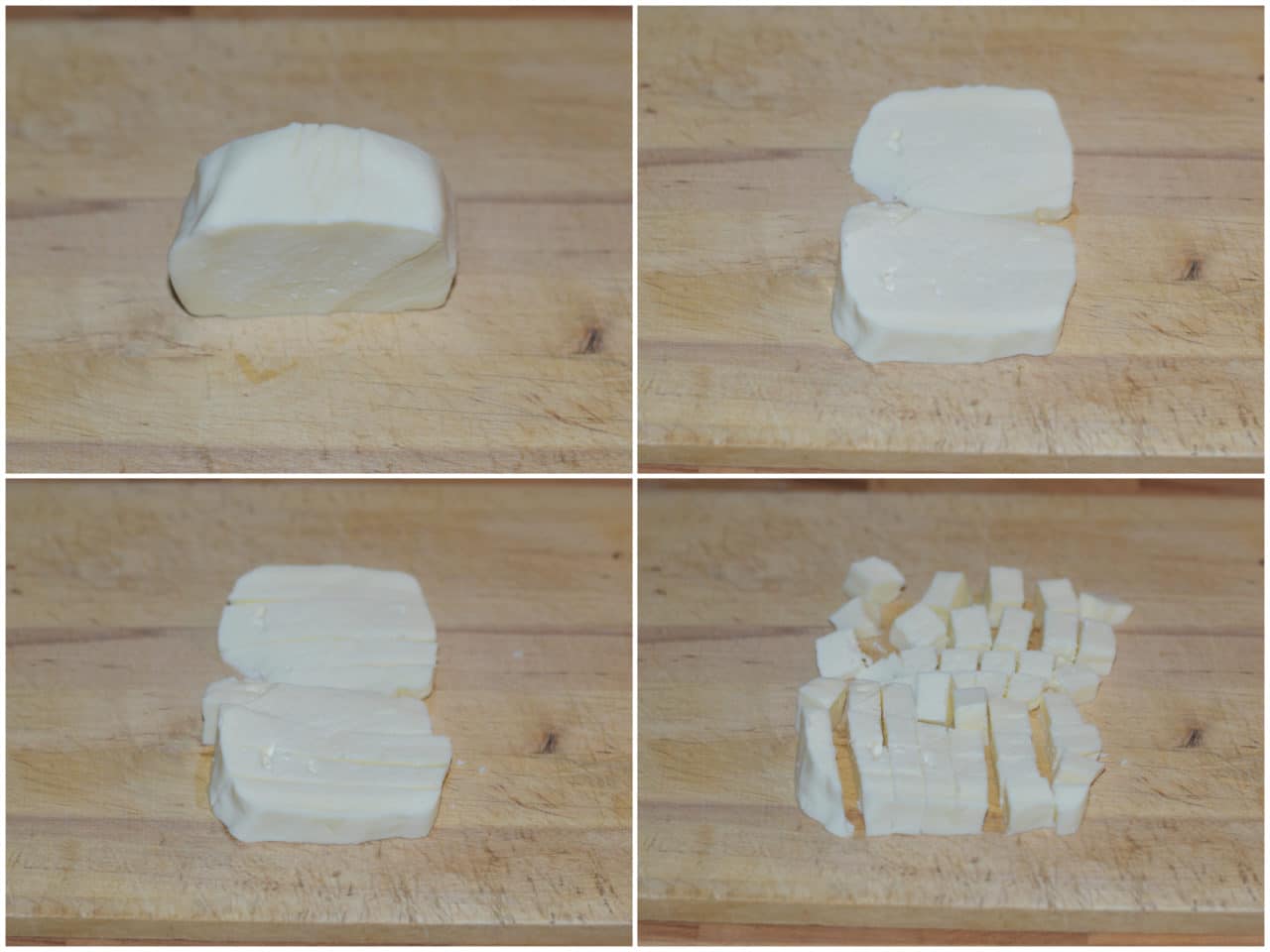
Take the dough, roll it out on a sheet of baking paper in a layer maximum 1 cm high and cut it into 12 squares.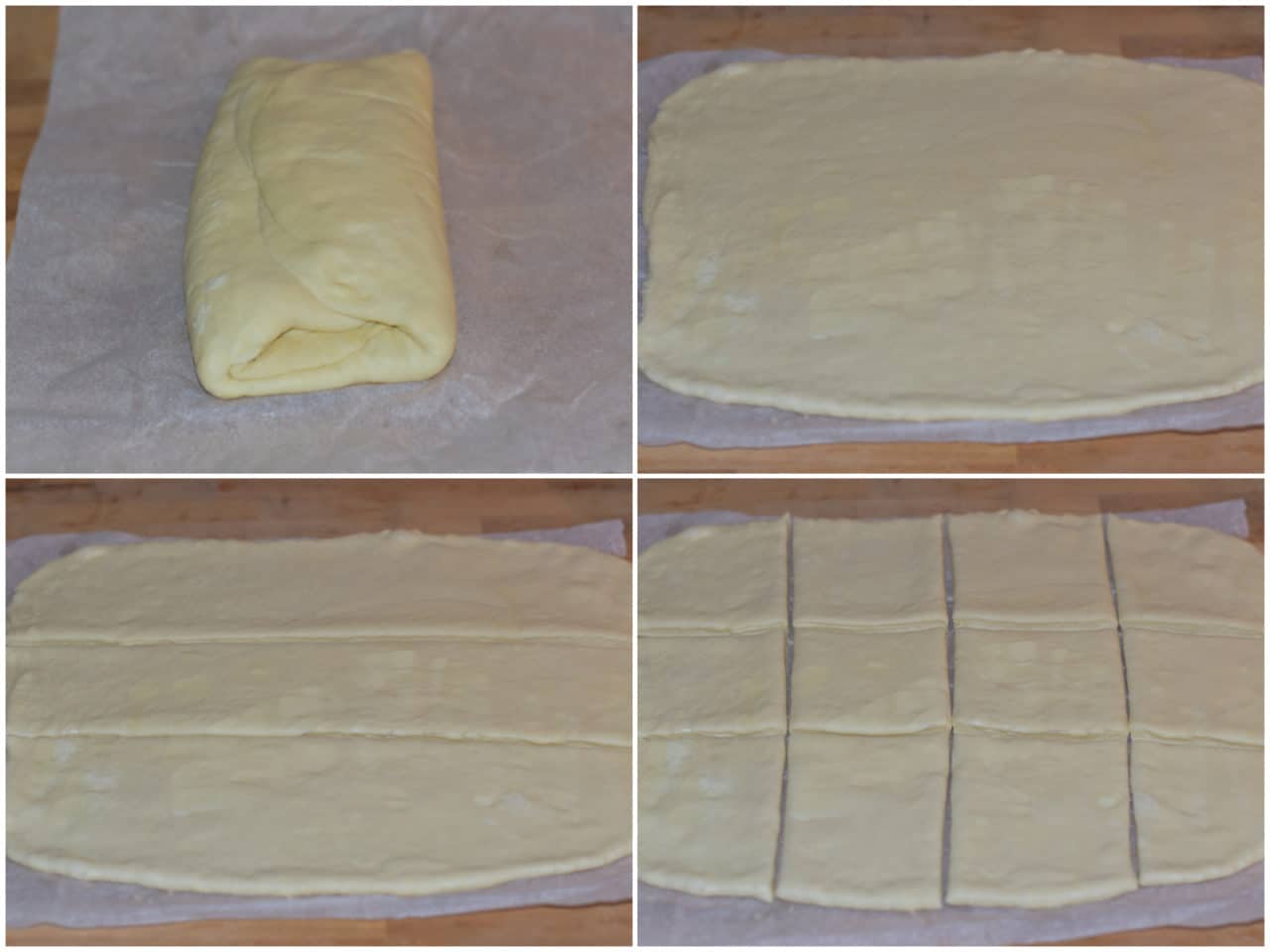
Add a little filling to the center of the squares and close them into a triangle by bringing one of the corners over the opposite one, then seal the edges well.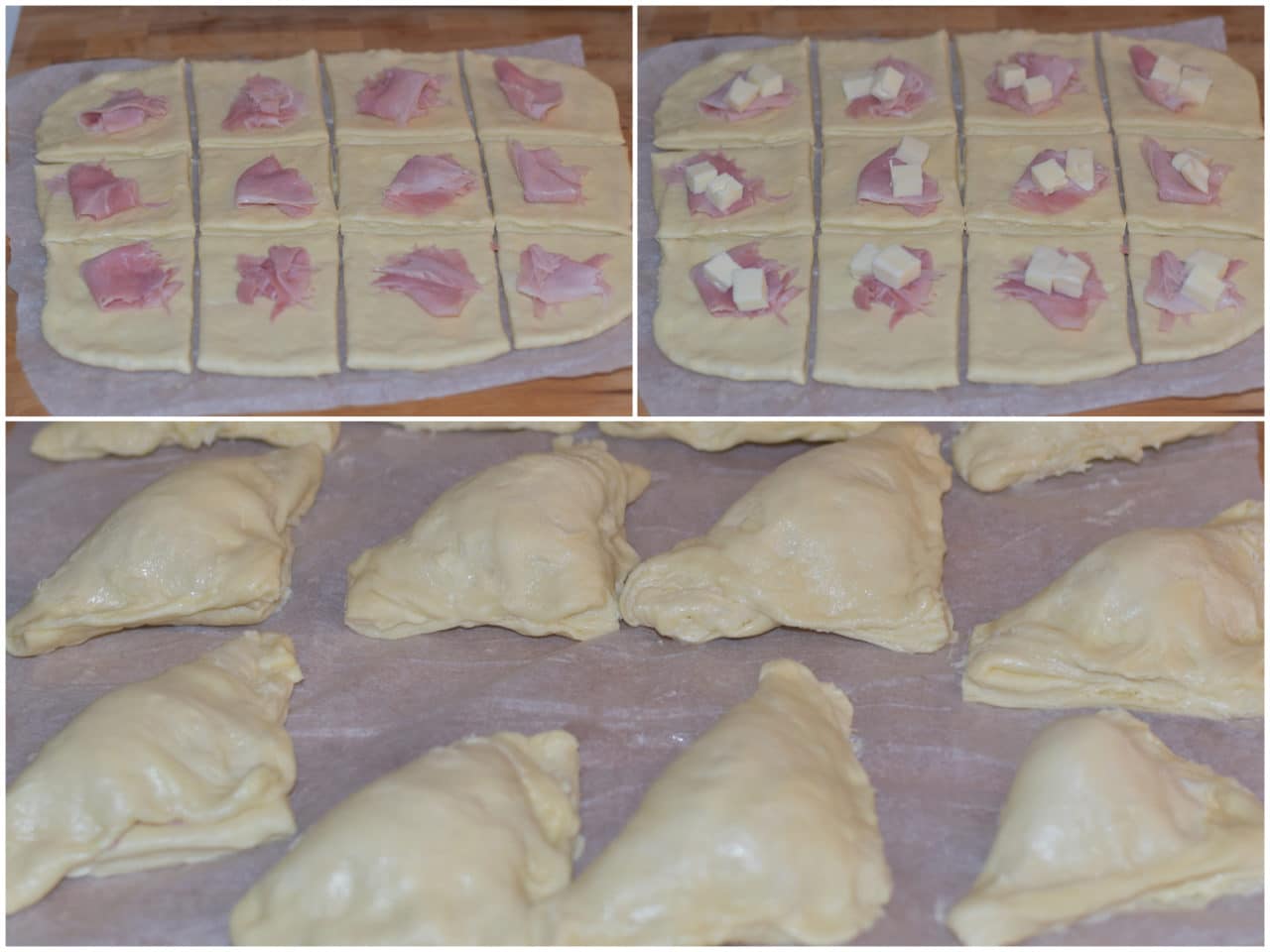
Transfer the parcels onto the baking tray, using their baking paper, brush with the lightly beaten egg and cook for around 15-20 minutes at 180°C in a pre-heated ventilated oven.
The Catania pâtés are ready, at least let them cool before serving.